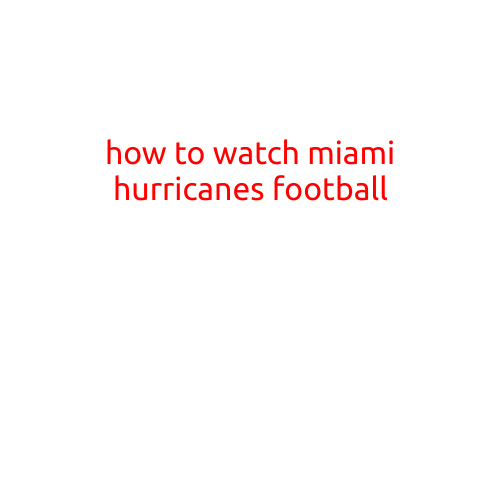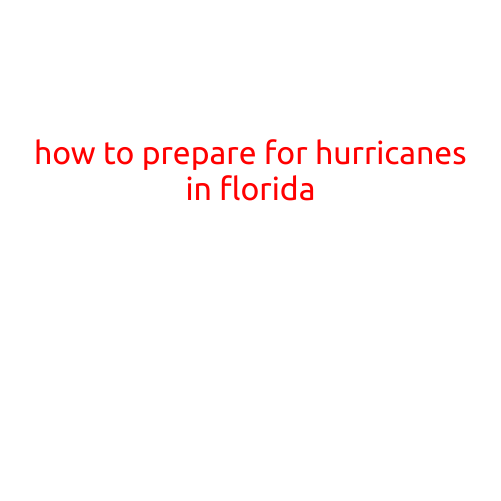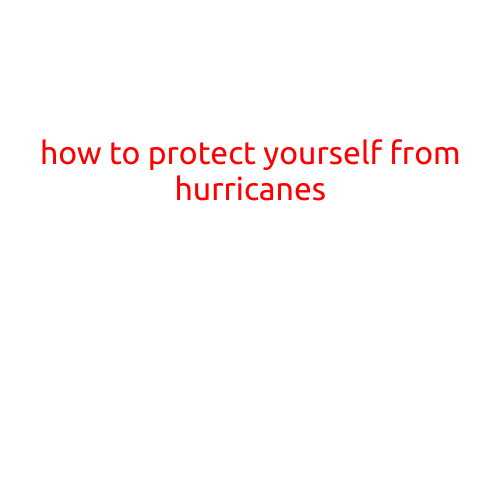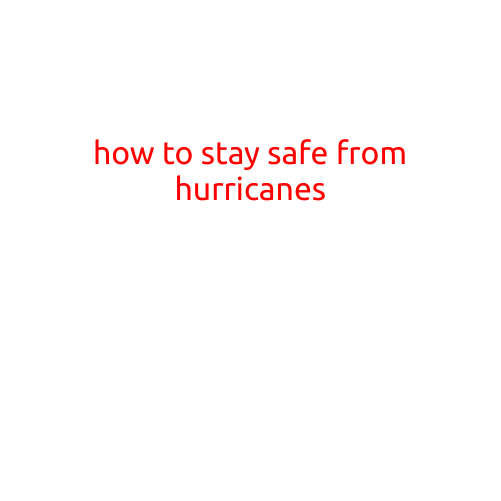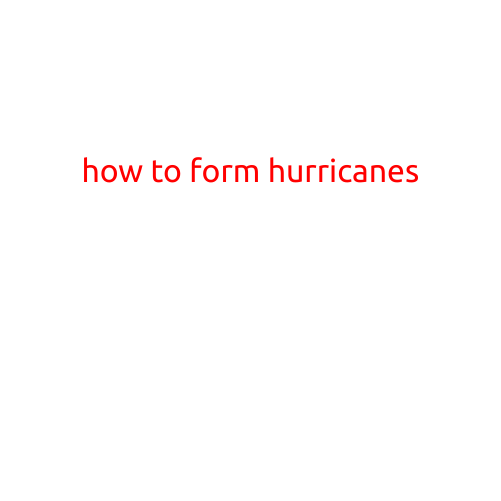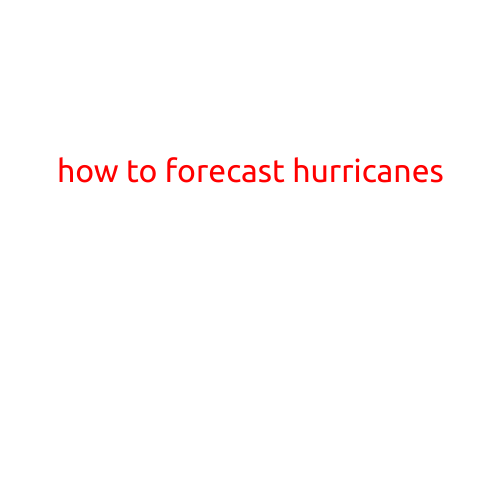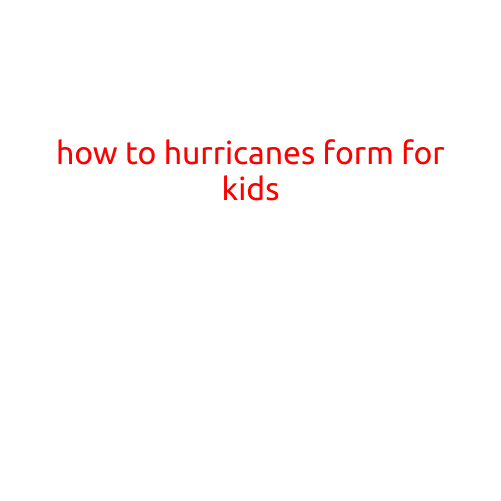
How to Hurricanes Form for Kids
Hey there, young adventurers! Have you ever wondered what a hurricane is and how it forms? Maybe you’ve seen pictures of strong winds and rain damage on the news or TV. Hurricanes can be really scary, but understanding how they form can help you stay safe and prepared. So, let’s dive in and learn about hurricanes!
What is a Hurricane?
A hurricane is a type of storm that forms over warm ocean waters. It’s called a hurricane because the winds that come from these storms are really strong and can last for a long time. Hurricanes can also be called typhoons or cyclones, depending on where they happen in the world.
How Do Hurricanes Form?
Hurricanes form when the following conditions come together:
- Warm Ocean Waters: Hurricanes need warm water to fuel their growth. The water has to be at least 80°F (27°C) to help the storm develop.
- Moist Air: Hurricanes also need moist air from the ocean to rise and cool down. This cools the air, and the water vapor in the air condenses into clouds.
- Low Pressure: When the air rises, it creates a low-pressure area near the surface. This low pressure pulls in more air from the surrounding area, which helps the storm grow.
- Winds: As the air rises and cools, it creates winds that start to rotate. This rotation is caused by the Earth’s rotation and the Coriolis effect.
- Weather Conditions: Hurricanes also need a certain type of weather pattern to develop. They need a pre-existing weather system, such as a low-pressure system or a cold front, to help them strengthen.
The Hurricane Life Cycle
Now that you know how hurricanes form, let’s talk about their life cycle. Here’s a step-by-step guide:
- Tropical Depression: A hurricane starts as a tropical depression, which is a cluster of thunderstorms over warm waters.
- Tropical Storm: As it grows, the tropical depression becomes a tropical storm, which has winds between 39-73 mph (63-118 km/h).
- Hurricane: If the storm becomes strong enough, it becomes a hurricane, which has winds of 74 mph (119 km/h) or higher.
- Landfall: Eventually, the hurricane will reach the coast and make landfall. This is when the storm brings strong winds and heavy rain to the area.
- Dissipation: After the hurricane makes landfall, it will eventually weaken and dissipate as it moves inland.
How to Stay Safe During a Hurricane
Now that you know how hurricanes form and their life cycle, let’s talk about how to stay safe during a hurricane:
- Listen to Authorities: Always listen to what local authorities say about the storm. They will give you important updates and instructions.
- Stock Up: Stock up on food, water, and supplies in case you lose power or are unable to leave your home.
- Take Cover: If there’s a chance of flooding, go to a safe place to avoid getting hurt.
- Stay Informed: Stay informed about the storm’s progress and any updates from authorities.
In conclusion, hurricanes are powerful storms that can cause a lot of damage, but understanding how they form and how to stay safe can help you be prepared. Remember, hurricanes are important to understand and respect, and with the right precautions, you can stay safe and sound!
